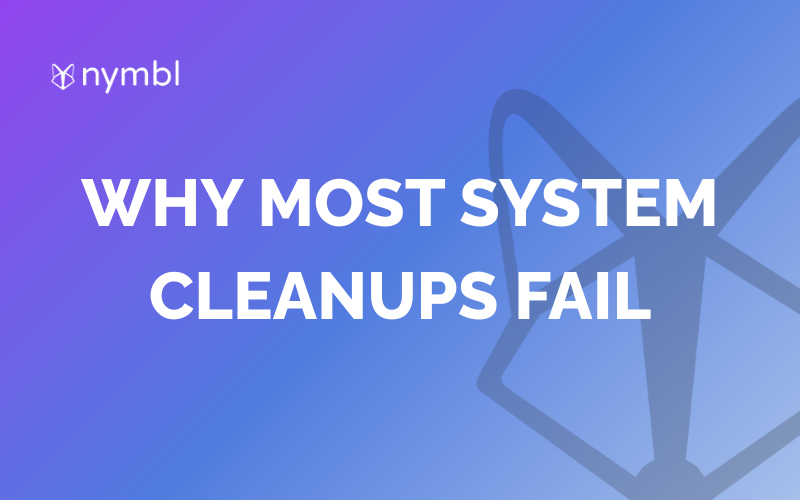Are you looking to build an app using Flutterflow? Security should be at the forefront of your development process, and that includes implementing robust user authentication and authorization. In this blog, we will discuss the best practices for handling user authentication and authorization in Flutterflow.
Understanding Authentication and Authorization
Authentication is the process of identifying users and confirming their identity. It involves verifying the credentials provided by the user, such as a username and password or biometric information. Authorization, on the other hand, determines what actions a user can perform in the app. It involves checking whether the user has the necessary permissions to perform a particular task.
Best Practices for User Authentication and Authorization in Flutterflow
Use a Reliable Authentication Service
Flutterflow provides several authentication options, such as email and password authentication, social media login, and third-party authentication providers. While these options are convenient, it's essential to choose a reliable authentication service that guarantees the security of user data. Firebase Authentication is an excellent choice for authentication in Flutterflow. It provides secure authentication services and is easy to integrate into your app.
Implement Two-Factor Authentication
Two-factor authentication (2FA) adds an extra layer of security to the authentication process. It involves requiring users to provide two forms of authentication, such as a password and a one-time code sent to their phone or email. Implementing 2FA can help prevent unauthorized access to your app, even if a user's password is compromised.
Use Secure Storage for User Credentials
When users sign up for your app, they provide sensitive information such as their email address and password. It's crucial to store this information securely to prevent data breaches. Flutterflow provides several options for secure storage, such as Firebase Realtime Database or Firestore. These services encrypt data at rest and in transit, making it challenging for hackers to access user data.
Limit Access to Sensitive Information
Authorization is essential to ensure that users can only perform tasks that they are authorized to perform. For example, you may want to limit access to sensitive user information such as credit card details or personal identification numbers. Flutterflow provides a role-based access control (RBAC) system that allows you to manage user permissions effectively.
Regularly Monitor Your App for Suspicious Activity
Regularly monitoring your app for suspicious activity can help detect potential security breaches early. Flutterflow provides tools such as Firebase Analytics and Crashlytics that allow you to monitor user activity and detect anomalies in real-time.
Conclusion
Building a secure app involves implementing robust authentication and authorization processes. Flutterflow provides several tools and services that make it easy to implement these processes. By following the best practices outlined in this blog, you can build a secure app that protects user data and prevents unauthorized access. Remember to stay vigilant and monitor your app regularly for suspicious activity.
Services:
Enterprise Mobile App Development
Enterprise Web App Development






.png)


